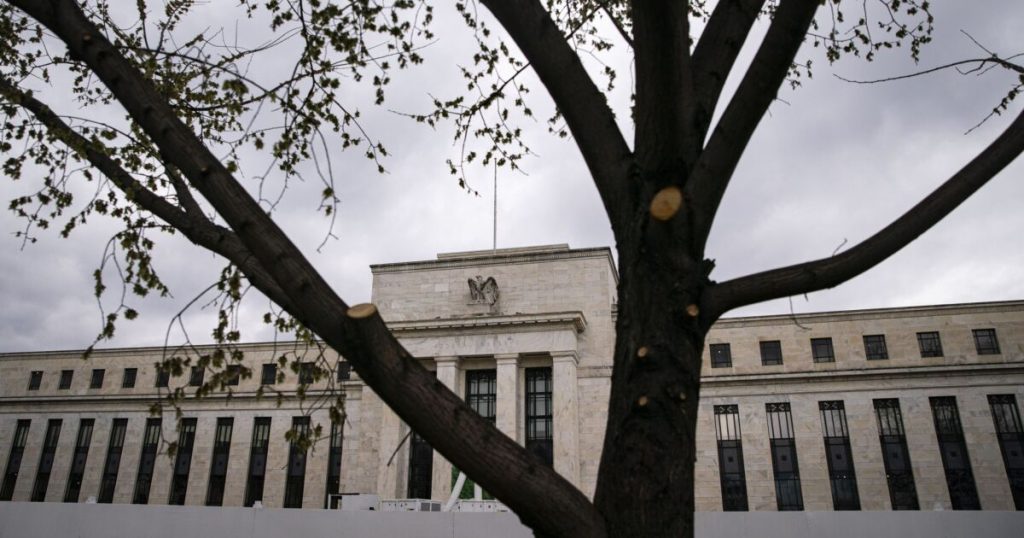Adobe Stock
In a recent
At face value, this sounds simple and clear. Expanding access to the Federal Reserve should be on the road map of
More specifically, the reality of sending and receiving money for most Americans has changed. Today, Americans sending money have plenty of options, from using a traditional bank to digital-first offerings, which often provide faster, more affordable payments. Consumers prefer — and have come to expect — faster, more affordable and transparent payment services. Financial technology companies and digital-first products have risen to that challenge. Unfortunately, U.S. regulation has not kept pace.
That brings us back to Under Secretary Liang’s speech. She indicated that the future of payments must include direct access for payments companies to Federal Reserve payments services, as it will “promote competition and innovation for payment services.”
While Liang’s speech is an encouraging step toward payments modernization, the U.S. Department of the Treasury alone cannot make this change. The Federal Reserve is the ultimate decision maker on expanded access to its payments systems.
Today, the only way for any financial institution to gain access to the Federal Reserve payments system is to obtain a Master Account. This is intended for depository institutions, with a full suite of services related to deposit-taking and lending activity. However, these services are not directly related to payments and, in fact, offer completely different benefits to consumers. Payments companies should be treated differently than other depository institutions given the entirely different set of activities and risks involved in their operations.
Other countries have been able to decouple lending from payments when it comes to how financial institutions use central banks’ services. Around the world, expanded access to payments systems has been enabled for qualified nonbank payments companies. This has been done using a risk-based criteria, which allows for financial stability to be maintained as payments companies access these critical systems. In doing so, consumers in countries like Japan, Australia, the Philippines, Brazil, Singapore, the U.K. and Hungary are now able to access faster and more affordable payments. This has all been done while still safeguarding the integrity of the system by granting access only to financial institutions fulfilling an array of stringent risk-based criteria.
As a result, payments are more seamless and easier to manage in these countries, both domestically and internationally. Americans deserve the same fast, affordable and secure payments.
It is past time for U.S. regulations to catch up with consumer preferences and global trends, and to allow thoughtful, risk-based access to payments systems. As it stands, the U.S. is the only G7 economy that has not opened up access to payments systems nor has plans to do so.
While the Treasury’s endorsement of this common-sense policy is a refreshing step forward, we must now look to others for action. Congress can pass legislation to expand eligibility to the Federal Reserve payments systems. Alternatively, the Federal Reserve can update its access criteria to allow nondepository payments companies to connect with systems directly, for example by using their existing authority to decouple Master Account access from payment systems access.
Consumers have paid too much, and waited too long, for their payments to catch up to their current needs. It’s time for our policymakers and regulators to act.

